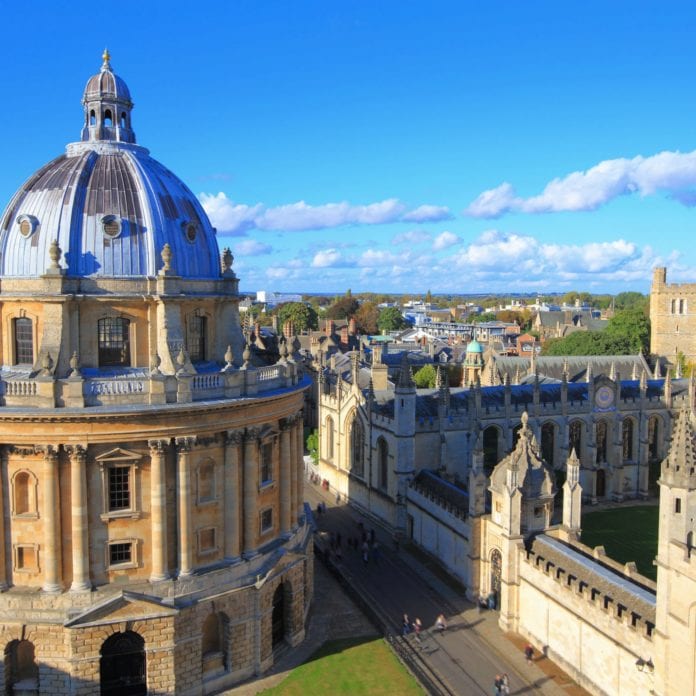U.K. carrier EE, part of telecom group BT, announced it has switched on 5G technology in 12 new cities and towns across the country.
The new areas covered by EE’s 5G network are Aberdeen, Aldershot, Barrhead, Blackpool, Castleford, Crawley, Mirfield, Oxford, Porthcawl, Shipley, Stafford and Warwick.
EE launched the UK’s first 5G service in May 2019 and has now expanded to 112 towns and cities across the UK. In the last 12 months, EE has also more than doubled its amount of 5G sites in key cities such as Belfast, Birmingham, Cardiff and Edinburgh.
EE initially launched 5G technology in London, Edinburgh, Belfast, Cardiff, Birmingham and Manchester. Other large cities in which the telco offers 5G coverage includes Bristol, Covently, Hull, Leeds, Leicester, Liverpool, Newcastle, Nottingham, Sheffield and Sunderland.
“Delivering the best mobile experience for our customers has never been more important. Our 5G rollout continues apace, with our engineers building and upgrading new sites every day to bring the latest mobile technology to even more people in the places they need it. We have 5G coverage in more places than anyone in the UK, and we remain focused on connecting many more areas this year and beyond,” said Marc Allera, CEO of BT’s Consumer Division.
According to independent 5G testing by RootMetrics, EE’s 5G network achieved the highest average download speed and highest 5G availability in London, Birmingham, Cardiff, Newcastle, Glasgow, Belfast, Bristol and Edinburgh.
EE previously said that the commercial launch is the first phase of the telco’s 5G rollout: a Non-standalone 5G New Radio deployment focused on using the combined power of 4G and 5G technologies. Phase 2, from 2022, will introduce the full 5G core network, enhanced device chipset capabilities, and increased availability of 5G-ready spectrum.
EE said that higher bandwidth and lower latency, coupled with expansive and growing 5G coverage, will enable a more responsive network, enabling immersive mobile augmented reality, real-time health monitoring, and mobile cloud gaming.
A third phase, beginning in 2023, will introduce Ultra-Reliable Low Latency Communications (URLLC), network slicing and multi-gigabit-per-second speeds. This phase of 5G will enable critical applications like real-time traffic management of fleets of autonomous vehicles and massive sensor networks.
Last year, U.K. telcos obtained spectrum for the future provision of 5G services. Vodafone won 50 megahertz of spectrum in the 3.4GHz band after paying £378 million (currently $488 million). EE won 40 megahertz for which it paid £303 million. Three secured 20 megahertz of 3.4 GHz spectrum at a cost of £151.3 million, while Telefónica-owned O2 picked up 40 megahertz for £318m.
U.K. telecommunications regulator Ofcom recently announced plans to hold a 5G spectrum auction in January 2021, rejecting calls from some carriers which had suggested a direct allocation process rather than a traditional sale.
Ofcom said that the auction would cover the sale of 80 megahertz in the 700 MHz band and 120 megahertz of spectrum in the 3.6 GHz-3.8 GHz band.
Ofcom noted that the auction will increase the total amount of spectrum available for mobile operators in the U.K. by 18%.

